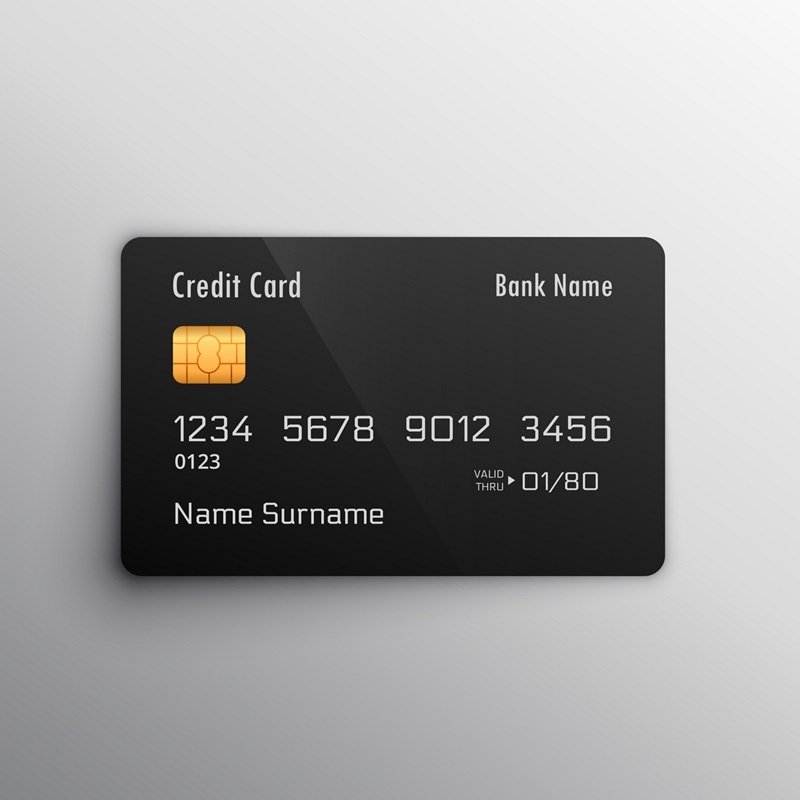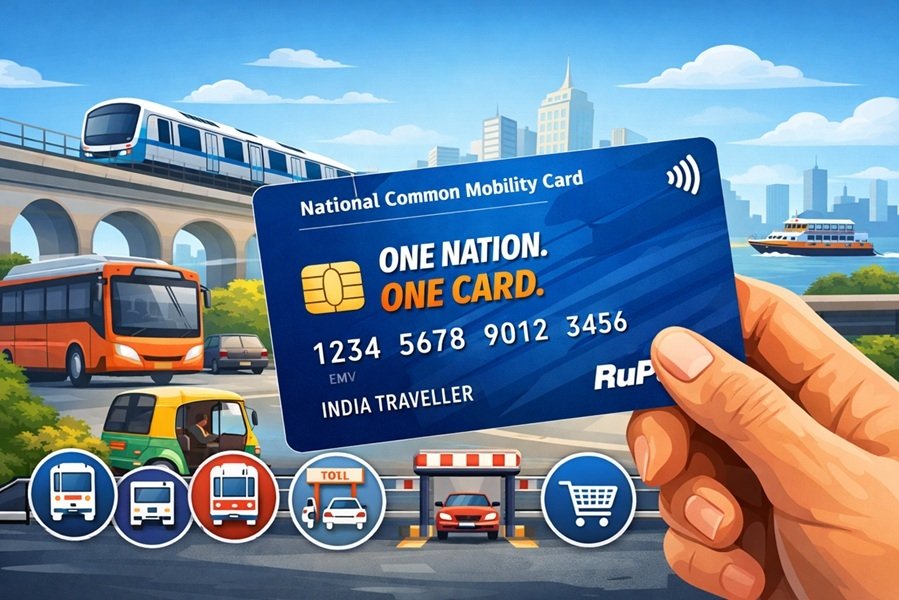
Payment Cards play a crucial role in facilitating electronic payments, enabling consumers and businesses to make transactions quickly, securely, and conveniently. The world of card services is diverse, offering different types of cards tailored to meet varying needs. Whether you’re looking for a credit card, debit card, prepaid card, or business card, understanding the options available and how each type works is key to making informed financial decisions.
1. Credit Cards
Credit cards are one of the most widely used card types, allowing consumers to borrow money from a financial institution up to a certain credit limit for purchases or cash advances. The balance borrowed must be paid back with interest if not repaid in full before the due date.
How Credit Cards Work:
When you use a credit card, you are essentially borrowing money from the issuer to pay for goods or services. The amount borrowed, along with interest (if not paid in full), must be repaid by the due date. Credit cards often come with rewards programs, offering points, miles, or cashback for every purchase made.
Types of Credit Cards:
- Standard Credit Cards: These are basic cards that allow borrowing and repayment with a fixed interest rate.
- Rewards Credit Cards: These cards offer incentives like cashback, travel rewards, or points for purchases.
- Premium Credit Cards: These cards often have higher credit limits, luxurious perks, and enhanced rewards, but come with high annual fees.
- Balance Transfer Credit Cards: These cards allow you to transfer debt from one card to another at lower or 0% interest for a set period.
Pros of Credit Cards:
- Flexible borrowing with the ability to carry a balance (though interest is charged).
- Access to rewards and benefits like travel perks, insurance, and cashback.
- Ability to build credit history when used responsibly.
Cons of Credit Cards:
- High-interest rates on balances carried over from month to month.
- Late payment fees and penalties.
- Temptation to overspend, leading to high debt.
2. Debit Cards
Debit cards are linked directly to your checking or savings account, allowing you to make payments or withdraw cash up to the available balance in your account. Debit cards are widely used for day-to-day purchases, both online and at physical locations.
How Debit Cards Work:
When you make a purchase using a debit card, the funds are deducted immediately from your bank account, ensuring you can only spend what you have. Debit cards also allow cash withdrawals from ATMs, often without fees when using ATMs within the bank’s network.
Types of Debit Cards:
- Standard Debit Cards: Basic debit cards linked to a checking or savings account, allowing withdrawals and purchases.
- Prepaid Debit Cards: These cards are not linked to a bank account but are preloaded with funds. They can be used like regular debit cards, but once the balance is used up, they cannot be used until reloaded.
- Virtual Debit Cards: These are digital versions of debit cards used for online purchases. They work similarly to regular debit cards but exist solely in digital form.
Pros of Debit Cards:
- Direct access to your own funds without borrowing money.
- No interest charges, as the card is linked to an existing balance.
- Easier to control spending, as purchases are limited to the available balance.
Cons of Debit Cards:
- Limited to the funds available in your account.
- Some banks may charge fees for ATM withdrawals or monthly maintenance.
- Limited fraud protection compared to credit cards (though this is improving with some issuers offering zero-liability policies).
3. Prepaid Cards
Prepaid cards are similar to debit cards but are not linked to a bank account. Instead, they are preloaded with a specific amount of money, which can be spent until the balance is exhausted. Prepaid cards are ideal for individuals who want to control their spending or avoid debt.
How Prepaid Cards Work:
Prepaid cards can be loaded with funds either through a direct deposit, via a retail store, or by transferring money from a bank account. Once the card is loaded, you can use it to make purchases or withdraw cash, just like a debit or credit card. Popular prepaid cards include Visa, MasterCard, and American Express prepaid options.
Types of Prepaid Cards:
- General Purpose Reloadable Cards: These can be reloaded with additional funds and are often used as alternatives to checking accounts.
- Gift Cards: These are single-use prepaid cards, often given as presents, with a set value.
- Travel Cards: Prepaid travel cards allow you to load foreign currency in advance, making them a secure option for international travel.
Pros of Prepaid Cards:
- No risk of overspending, as they can only be used until the funds are depleted.
- Useful for budgeting or controlling discretionary spending.
- Often available without the need for a credit check.
Cons of Prepaid Cards:
- Fees for loading funds, ATM withdrawals, or inactivity.
- No credit-building potential, as prepaid cards are not reported to credit bureaus.
- Limited customer support compared to credit or debit cards.
4. Business Credit Cards
Business credit cards are designed for business owners and provide a convenient way to manage business expenses while offering benefits like cashback, rewards, and expense tracking tools. These cards can help separate personal and business finances, improving accounting and tax reporting.
How Business Credit Cards Work:
Business credit cards function similarly to personal credit cards but are issued to businesses. They allow business owners to make purchases on credit, which must be repaid with interest if the balance is not cleared in full. Many business credit cards offer additional features such as higher credit limits, specialized rewards programs, and expense management tools.
Types of Business Credit Cards:
- Standard Business Credit Cards: These are basic cards for small to medium-sized businesses, offering rewards or cashback.
- Corporate Credit Cards: Typically issued to larger businesses, these cards come with more extensive credit limits and are often used for higher-level company expenses.
- Secured Business Credit Cards: Aimed at new businesses or those with limited credit history, secured cards require a deposit, which serves as collateral for the card’s credit limit.
Pros of Business Credit Cards:
- Helps separate personal and business finances.
- Offers rewards and perks tailored to business needs.
- Provides additional financing options for business expenses.
Cons of Business Credit Cards:
- High-interest rates if balances are carried over.
- Fees for late payments or exceeding credit limits.
- Can be difficult to qualify for without good business credit history.
5. Charge Cards
Charge cards are similar to credit cards but come with no preset spending limit. However, the full balance must be paid off in full every month. Charge cards are best suited for individuals who can manage their finances responsibly and want to avoid the interest charges typically associated with credit cards.
How Charge Cards Work:
Charge cards allow for flexible spending, but the cardholder must pay off the full balance each month. There’s no interest charged as long as the balance is cleared by the due date. Charge cards often come with premium perks and benefits, such as concierge services, travel insurance, and higher rewards rates.
Types of Charge Cards:
- Personal Charge Cards: These are used for personal spending and come with high rewards, especially for frequent travelers.
- Business Charge Cards: These are designed for business owners who need flexibility in their spending while ensuring that their monthly balance is paid off.
Pros of Charge Cards:
- No interest charges, as the balance is paid off in full each month.
- High rewards programs, especially for travel and dining.
- No preset spending limit provides greater purchasing power.
Cons of Charge Cards:
- Must pay the full balance each month or face significant penalties.
- Annual fees can be high.
- No credit-building potential if the balance is not paid in full.
Conclusion
Card service providers offer a variety of options designed to meet different financial needs. From traditional credit and debit cards to prepaid cards, business credit cards, and charge cards, each type has its unique features, benefits, and considerations. When choosing a card service provider, it’s essential to evaluate your financial habits, spending preferences, and any associated fees or rewards programs. Understanding your options will help you make the best choice to manage your finances effectively, build credit, or simply make purchases more conveniently.






